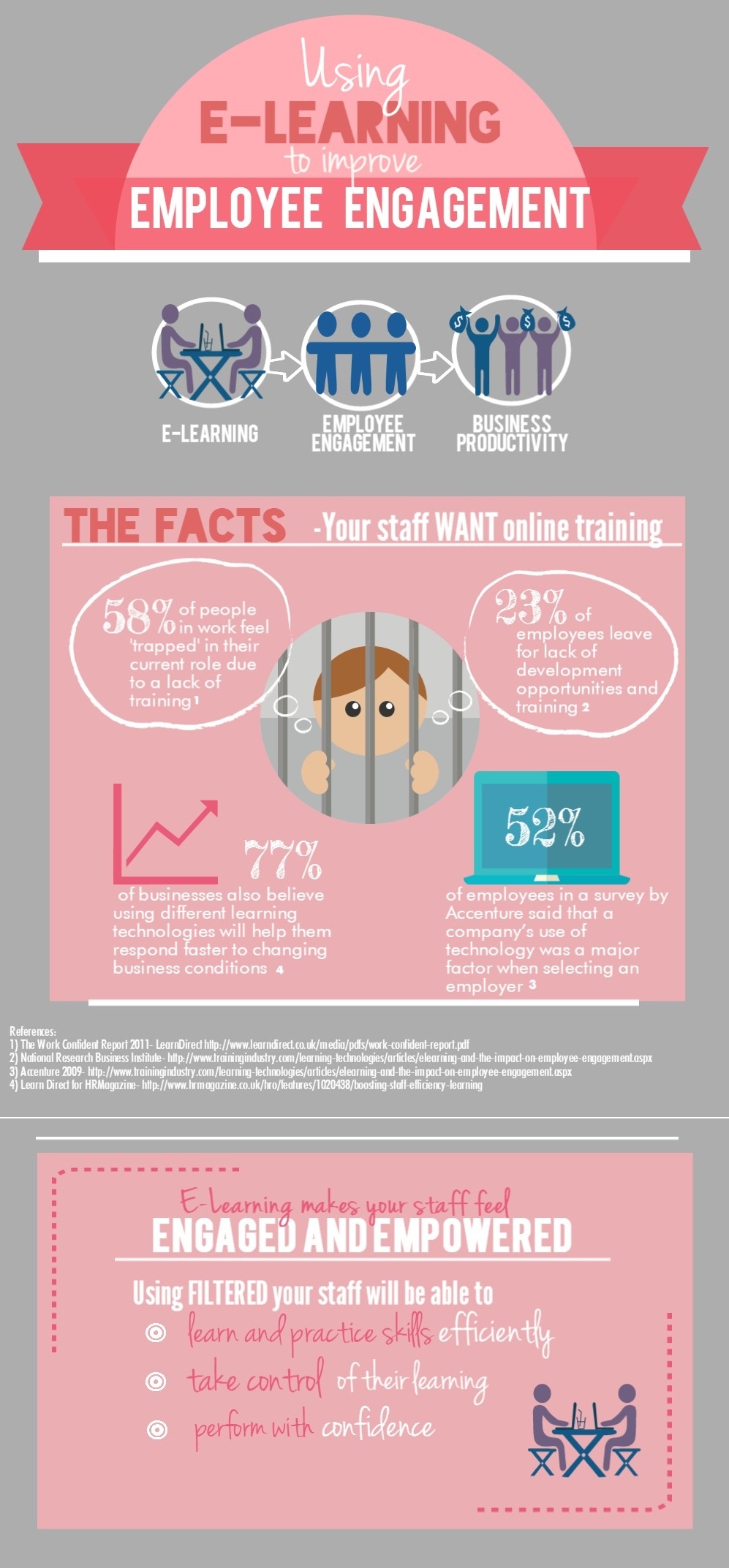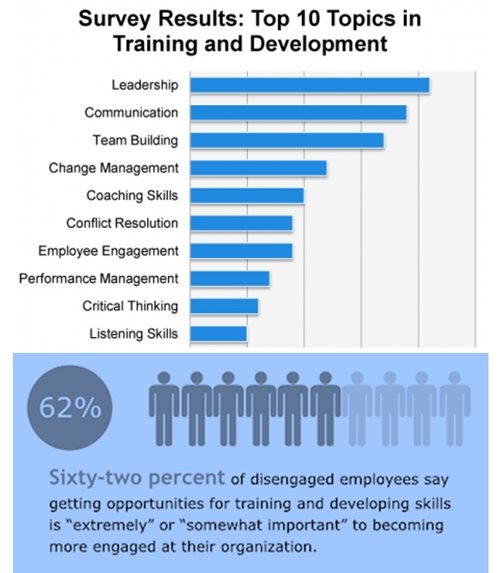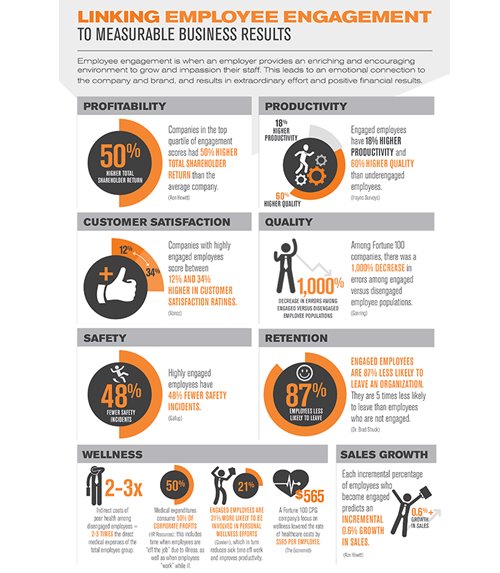RETAINING VIA TRAINING
One of the top 3 reasons why employees quit companies: Lack of Learning Opportunities and prospects.
Sadly, it’s an issue that’s more often swept under the carpet and even ignored at the highest levels.
If Gallup’s research is anything to go by, you’re more likely to be plagued by retention problems, stunted growth, and employees with no sense of purpose.
The issue of employee retention and engagement has been one of the trickiest riddles in business for years.
Perhaps, poor performance has cost your organization so much that you don’t have the capital to invest in engagement, but studies show that it is engagement that impacts performance, not the other way around.
Your organization will continue to forge ahead if you remain competitive in the market.
Having a committed workforce is critical to your business success.
That said, less than half of employers have a long-term strategy plan for developing their employees.
EMPLOYEE ENGAGEMENT
In our current challenging and competitive business climate, learning and development has never been more important as a means of keeping employees engaged, committed and maintaining that advantage.
Employee engagement researchers have shown that companies with high levels of employee engagement have better financial results, including higher operating income and net income.
Any new employee, whether they come with experience or not, will have gaps in their training when it comes to your business.
Therefore, ensuring that your staff are continuously learning and growing is quite significant.
Employees who lack skills or knowledge are likely to struggle in a role they aren’t properly equipped for, causing demotivation, anxiety and underperformance.
Most people want to feel that they are doing a good job and that they are valued by their organisation.
In addition, few people like to remain static in a work environment and prefer to have variety in their work and see development potential in their role.
Learning and development provides a way to address all of these basic needs and greatly improves employee engagement.
Employers that provide their staff with the right learning opportunities for personal development will notice improved employee performance as a result.
The right training can greatly enhance employee engagement by nurturing talent and helping people to learn new skills and improve their performance.
Conducting Learning & Development sessions within organizations motivate employees and make themfeel associated with the organization that thinks about their career development.
When you make the training programs a part of your work culture, then it not only retains the current employees but attracts more talent to your organization.
It promotes your company as a brand and helps you attract top candidates who wish to learn while on the job.
Employees view businesses that invest in their people through training and development more favourably – both when deciding whether to join an organisation and whether to leave.
Companies with high employee engagement reap a number of valuable benefits: productivity and innovation flourish, employee retention and loyalty grow.
However, if training and development is to make a significant impact on staff engagement, staff must see the benefits for themselves.
Most people respond best to opportunities to build on their strengths, rather than simply addressing perceived gaps and weaknesses.
A sound training plan should cover both hard and soft skills:
- Hard skills: technical skills that can be measured, such as the ability to use software
- Soft skills: less tangible skills, such as negotiation and listening
Training your team is an investment – and one well worth making.








